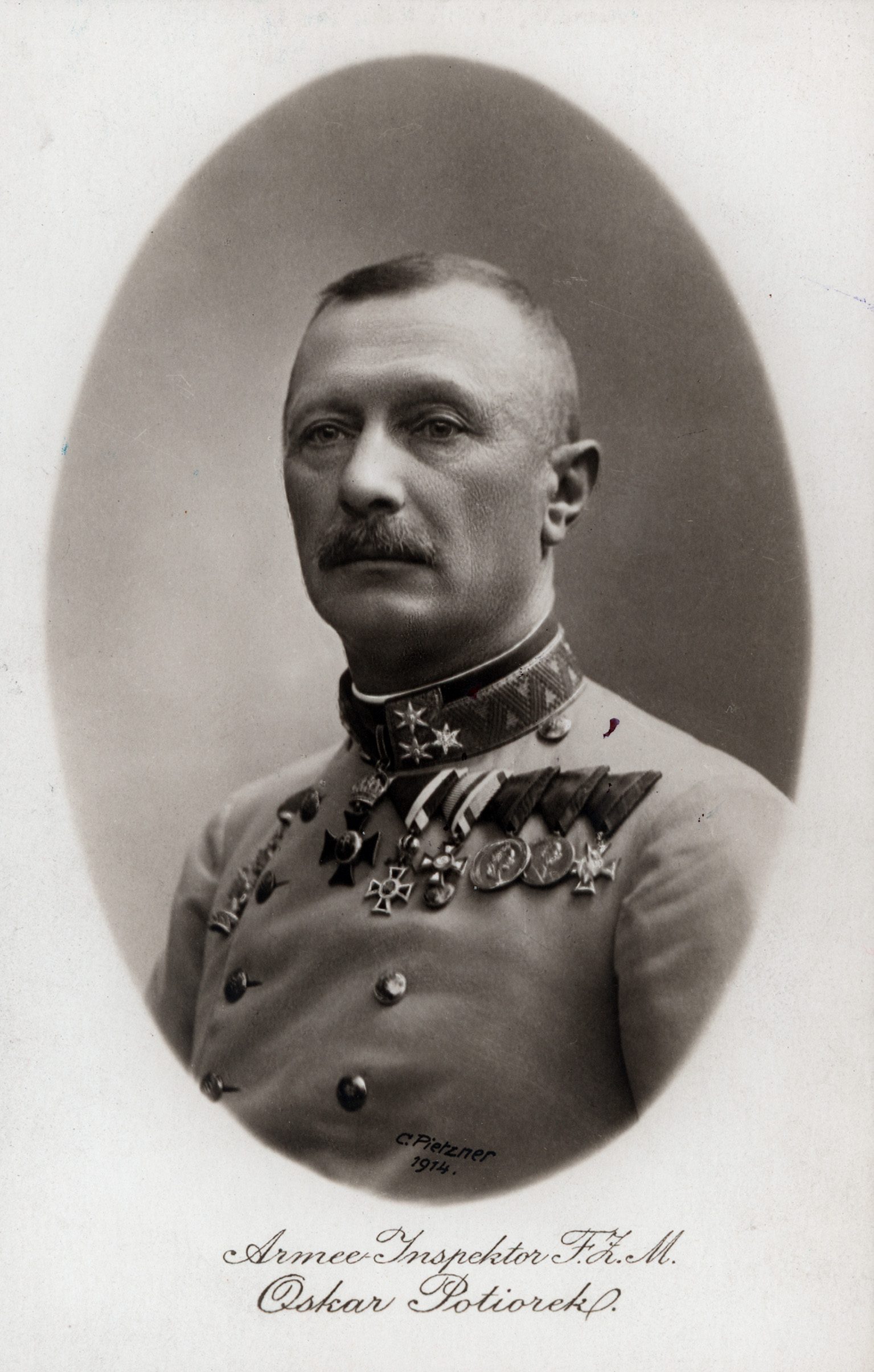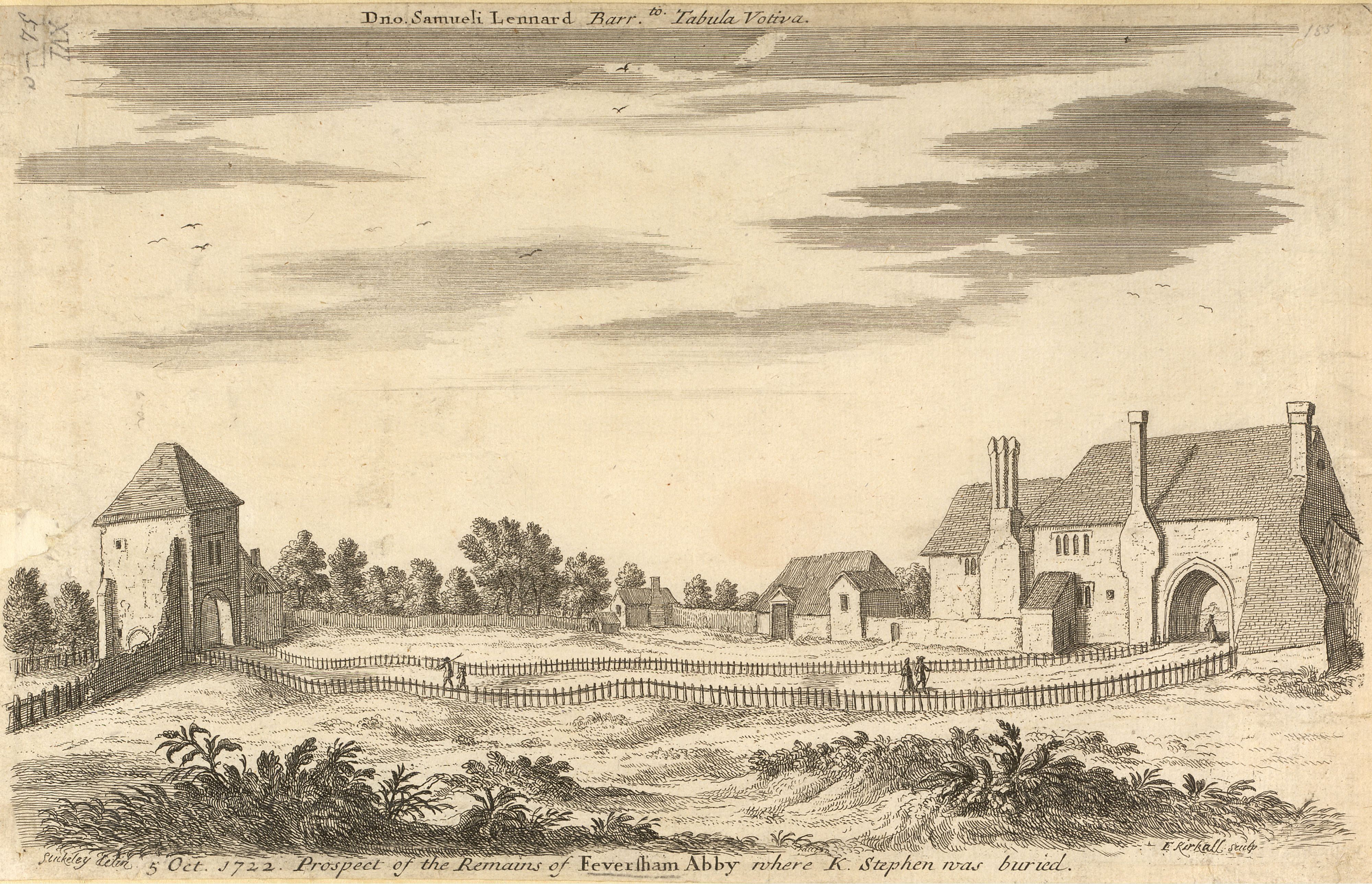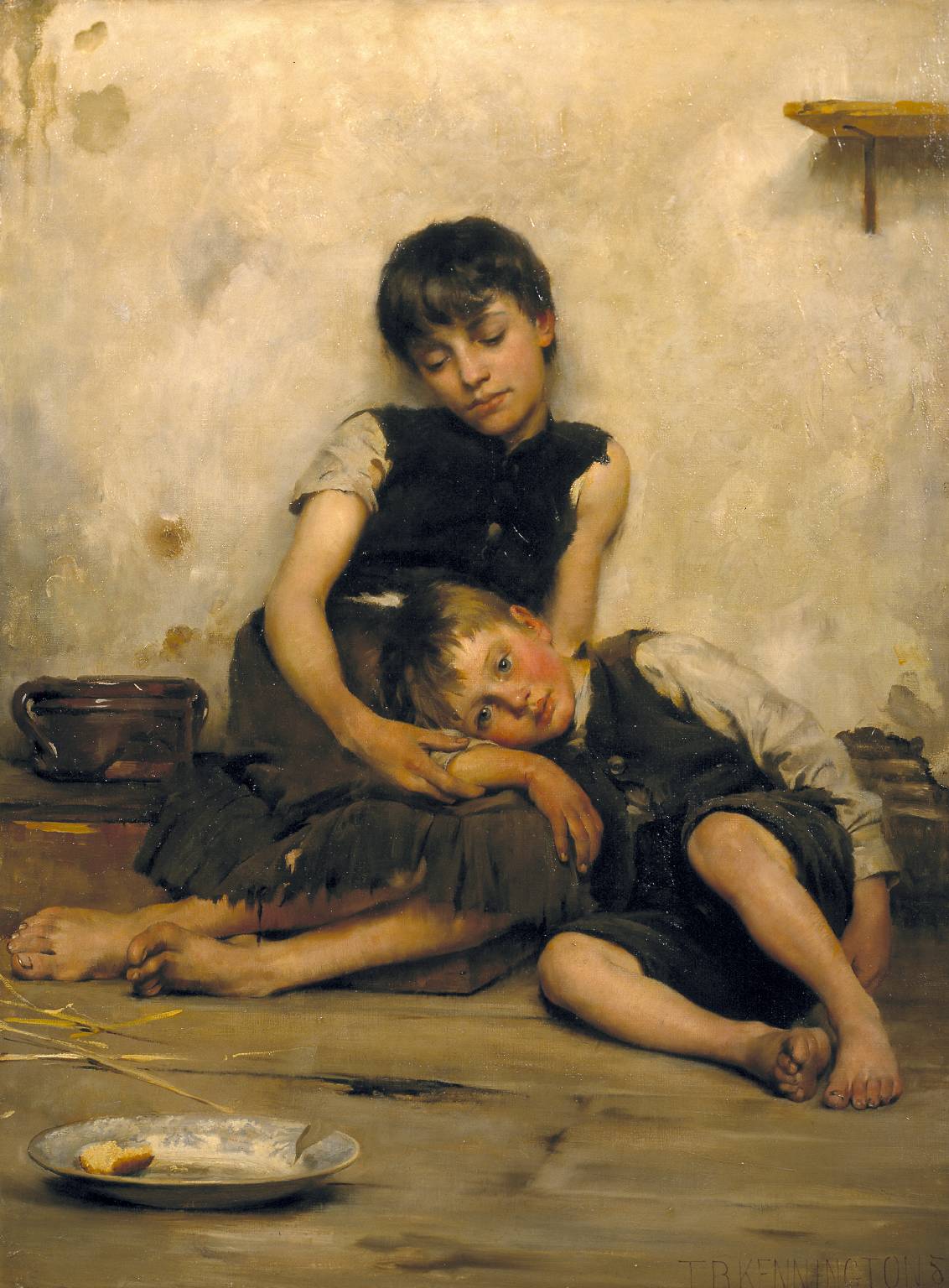|
Momčilo Gavrić
Momčilo Gavrić ( sr-Cyrl, Момчило Гаврић; 1 May 1906 – 28 April 1993) was the youngest Serbian soldier, he became a soldier at the age of eight.Momčilo Gavrić - najmlađi vojnik Prvog svetskog rata ("Večernje novosti", 31 August 2013) Biography He was born on May 1, 1906, in Trbušnica, near , on the slopes of the mountain Gučevo, as the ei ...[...More Info...] [...Related Items...] OR: [Wikipedia] [Google] [Baidu] |
Trbušnica (Loznica)
Trbušnica ( sr-cyr, Трбушница) is a village located in the municipality of Loznica, western Serbia. According to the 2011 census, the village has a population of 836 inhabitants. A border crossing between Serbia and Bosnia and Herzegovina is located in the village. The youngest soldier of World War I World War I (28 July 1914 11 November 1918), often abbreviated as WWI, was one of the deadliest global conflicts in history. Belligerents included much of Europe, the Russian Empire, the United States, and the Ottoman Empire, with fightin ..., Momčilo Gavrić was born here. Also, Luka Kojić lives here. References Populated places in Mačva District {{MačvaRS-geo-stub ... [...More Info...] [...Related Items...] OR: [Wikipedia] [Google] [Baidu] |
Battle Of Cer
The Battle of Cer, ; german: Schlacht von Cer; hu, Ceri csata. Also known as the Battle of the Jadar River (Јадарска битка, ''Jadarska bitka''; ''Schlacht von Jadar''; ''Jadar csata''). was a military campaign fought between Austria-Hungary and Serbia in August 1914, starting three weeks into the Serbian Campaign, the initial military action of the First World War. It took place around Cer Mountain and several surrounding villages, as well as the town of Šabac. The battle, part of the first Austro-Hungarian invasion of Serbia, began on the night of 15 August when elements of the Serbian 1st Combined Division encountered Austro-Hungarian outposts that had been established on the slopes of Cer Mountain earlier in the invasion. The clashes that followed escalated into a battle for control over several towns and villages near the mountain, especially Šabac. On 19 August, the morale of the Austro-Hungarians collapsed and thousands of soldiers retreated back into Aust ... [...More Info...] [...Related Items...] OR: [Wikipedia] [Google] [Baidu] |
Conscription
Conscription (also called the draft in the United States) is the state-mandated enlistment of people in a national service, mainly a military service. Conscription dates back to antiquity and it continues in some countries to the present day under various names. The modern system of near-universal national conscription for young men dates to the French Revolution in the 1790s, where it became the basis of a very large and powerful military. Most European nations later copied the system in peacetime, so that men at a certain age would serve 1–8 years on active duty and then transfer to the reserve force. Conscription is controversial for a range of reasons, including conscientious objection to military engagements on religious or philosophical grounds; political objection, for example to service for a disliked government or unpopular war; sexism, in that historically men have been subject to the draft in the most cases; and ideological objection, for example, to a perceived vio ... [...More Info...] [...Related Items...] OR: [Wikipedia] [Google] [Baidu] |
Šabac
Šabac (Serbian Cyrillic: Шабац, ) is a city and the administrative centre of the Mačva District in western Serbia. The traditional centre of the fertile Mačva region, Šabac is located on the right banks of the river Sava. , the city proper has population of 53,919, while its administrative area comprises 118,347 inhabitants. Name The name ''Šabac'' was first mentioned in Ragusan documents dating to 1454. The origin of the city's name is uncertain; it is possible its name comes from the name of the city's main river, the Sava. The city is known by a variety of different names: ''Zaslon'' in medieval Serbian, ''Szabács'' in Hungarian, ''Böğürdelen'' in Turkish, and ''Schabatz'' in German. History Archaeological evidence attests to more permanent settlement in the area from the Neolithic. In the Middle Ages, a Slavic settlement named ''Zaslon'' existed at the current location of Šabac. The settlement was part of the Serbian Despotate until it fell to the Otto ... [...More Info...] [...Related Items...] OR: [Wikipedia] [Google] [Baidu] |
Nikola Pašić
Nikola Pašić ( sr-Cyrl, Никола Пашић, ; 18 December 1845 – 10 December 1926) was a Serbian and Yugoslav politician and diplomat who was a leading political figure for almost 40 years. He was the leader of the People's Radical Party and, among other posts, was twice a mayor of Belgrade (1890–91 and 1897), several times Prime Minister of the Kingdom of Serbia (1891–92, 1904–05, 1906–08, 1909–11, 1912–18) and Prime Minister of the Kingdom of Yugoslavia (1918, 1921–24, 1924–26). He was an important politician in the Balkans, who, together with his counterparts, like Eleftherios Venizelos in Greece, managed to strengthen their emergent national states against foreign influence and interference, most notably those of Austria-Hungary, the Ottoman Empire and the Russian Empire. Early life Pašić was born in Zaječar, Principality of Serbia. According to Slovenian ethnologist Niko Zupanič, Pašić's ancestors migrated from the Tetovo region in the 16t ... [...More Info...] [...Related Items...] OR: [Wikipedia] [Google] [Baidu] |
Queen Elizabeth's Grammar School, Faversham
Queen Elizabeth's Grammar School (usually known as QE or QEGS) is a selective co-educational grammar school with academy status in Faversham, Kent, southeast England. It was formed in 1967, when the Queen Elizabeth 1 Grammar School for Boys and the William Gibbs School for Girls merged and moved into new accommodation opposite. The school is attended by approximately 984 students, who come from Faversham and the nearby towns of Whitstable and Herne Bay. The school is a Mathematics and Computing Specialist School, a title gained in 2005. In 2009, Modern Languages was also added to that list. The headteacher is David Anderson, who had extensive experience in Kent Grammar Schools prior to his appointment. History Foundation Originally Faversham Grammar School, the School was founded in 1527 by John Cole, who endowed it with property of which he made Faversham Abbey the trustee. The property was confiscated by Henry VIII when he dissolved the abbey in 1538, and the school had ... [...More Info...] [...Related Items...] OR: [Wikipedia] [Google] [Baidu] |
Kent
Kent is a county in South East England and one of the home counties. It borders Greater London to the north-west, Surrey to the west and East Sussex to the south-west, and Essex to the north across the estuary of the River Thames; it faces the French department of Pas-de-Calais across the Strait of Dover. The county town is Maidstone. It is the fifth most populous county in England, the most populous non-Metropolitan county and the most populous of the home counties. Kent was one of the first British territories to be settled by Germanic tribes, most notably the Jutes, following the withdrawal of the Romans. Canterbury Cathedral in Kent, the oldest cathedral in England, has been the seat of the Archbishops of Canterbury since the conversion of England to Christianity that began in the 6th century with Saint Augustine. Rochester Cathedral in Medway is England's second-oldest cathedral. Located between London and the Strait of Dover, which separates England from mainla ... [...More Info...] [...Related Items...] OR: [Wikipedia] [Google] [Baidu] |
Faversham
Faversham is a market town in Kent, England, from London and from Canterbury, next to the Swale, a strip of sea separating mainland Kent from the Isle of Sheppey in the Thames Estuary. It is close to the A2, which follows an ancient British trackway which was used by the Romans and the Anglo-Saxons, and known as Watling Street. The name is of Old English origin, meaning "the metal-worker's village". There has been a settlement at Faversham since pre-Roman times, next to the ancient sea port on Faversham Creek. It was inhabited by the Saxons and mentioned in the Domesday Book of 1086 as ''Favreshant''. The town was favoured by King Stephen who established Faversham Abbey, which survived until the Dissolution of the Monasteries in 1538. Subsequently, the town became an important seaport and established itself as a centre for brewing, and the Shepherd Neame Brewery, founded in 1698, remains a significant major employer. The town was also the centre of the explosives industry ... [...More Info...] [...Related Items...] OR: [Wikipedia] [Google] [Baidu] |
United Kingdom
The United Kingdom of Great Britain and Northern Ireland, commonly known as the United Kingdom (UK) or Britain, is a country in Europe, off the north-western coast of the continental mainland. It comprises England, Scotland, Wales and Northern Ireland. The United Kingdom includes the island of Great Britain, the north-eastern part of the island of Ireland, and many smaller islands within the British Isles. Northern Ireland shares a land border with the Republic of Ireland; otherwise, the United Kingdom is surrounded by the Atlantic Ocean, the North Sea, the English Channel, the Celtic Sea and the Irish Sea. The total area of the United Kingdom is , with an estimated 2020 population of more than 67 million people. The United Kingdom has evolved from a series of annexations, unions and separations of constituent countries over several hundred years. The Treaty of Union between the Kingdom of England (which included Wales, annexed in 1542) and the Kingdom of Scotland in 170 ... [...More Info...] [...Related Items...] OR: [Wikipedia] [Google] [Baidu] |
Orphan
An orphan (from the el, ορφανός, orphanós) is a child whose parents have died. In common usage, only a child who has lost both parents due to death is called an orphan. When referring to animals, only the mother's condition is usually relevant (i.e. if the female parent has gone, the offspring is an orphan, regardless of the father's condition). Definitions Various groups use different definitions to identify orphans. One legal definition used in the United States is a minor bereft through "death or disappearance of, abandonment or desertion by, or separation or loss from, both parents". In the common use, an orphan does not have any surviving parent to care for them. However, the United Nations Children's Fund (UNICEF), Joint United Nations Programme on HIV and AIDS (UNAIDS), and other groups label any child who has lost one parent as an orphan. In this approach, a ''maternal orphan'' is a child whose mother has died, a ''paternal orphan'' is a child whose fath ... [...More Info...] [...Related Items...] OR: [Wikipedia] [Google] [Baidu] |
Živojin Mišić
Field Marshal Živojin Mišić ( sr-cyrl, Живојин Мишић; 19 July 1855 in Struganik – 20 January 1921 in Belgrade) was a Field Marshal who participated in all of Serbia's wars from 1876 to 1918. He directly commanded the First Serbian army in the Battle of Kolubara and in breach of the Thessaloniki Front was the Chief of the Supreme Command. He is the most decorated officer of Serbia ever. Early years Mišić's grandfather was born in Struganik near Mionica. His parents Radovan and Anđelija (born Damjanović - Koštunjić) had thirteen children. Živojin was the youngest child, and when he was born, only eight of his brothers and sisters were still alive. When he turned 6, he became a shepherd. He finished primary school in Kragujevac. In his memories, he mentions troubles he had with the city kids that teased him because of his peasant origin. In 1868, he started his gymnasium education in Kragujevac, where he finished the 1st, 2nd, and 6th grade. He finished th ... [...More Info...] [...Related Items...] OR: [Wikipedia] [Google] [Baidu] |
Kajmakčalan
Kajmakčalan (Kaimakchalan), or Kaimaki or Kaimaktsalan or Voras ( el, Καϊμακτσαλάν or or , mk, Каjмакчалан, translit=Kajmakčalan), is a mountain on the border between Greece and North Macedonia. It is the southernmost and highest peak, ,"Óros Voras, Greece/North Macedonia" Peakbagger.com. Retrieved 2012-02-19. of a range known in Greek as the and in Macedonian as Nidže. The frontier between the two countries runs across the summit. It is the third-highest peak in Greece after |






